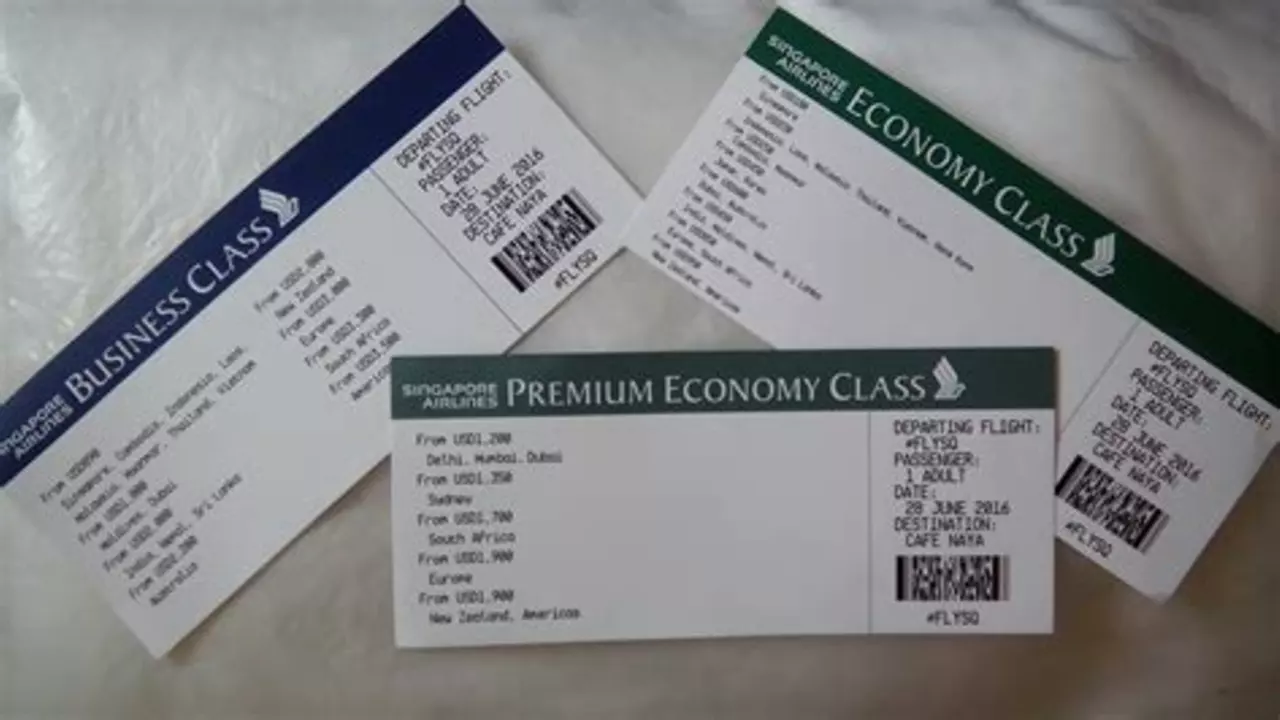Understanding the Basics of Ticket Pricing
When we first start to delve into the world of college sports, one of the first things we notice is the wide range in ticket prices. This can be quite confusing, especially for newcomers. The truth is, ticket pricing is a complex process that involves a multitude of factors. These can range from the popularity of the sport, the prestige of the college, and even the location of the game. The more popular and prestigious the sport and college are, the more expensive the tickets tend to be. Similarly, games that are held in larger, more accessible locations usually have pricier tickets.
Popularity of the Sport
The first and perhaps most obvious factor that influences ticket pricing is the popularity of the sport. It's simple supply and demand – the more people that want to watch a game, the higher the ticket prices can be. For example, football and basketball are generally the most popular sports in college, and thus, their ticket prices are often the highest. On the other hand, less popular sports like lacrosse or field hockey usually have lower ticket prices, simply because there is less demand for them.
Prestige of the College
The reputation and prestige of the college also play a big role in ticket pricing. Schools with a long history of success in a particular sport can charge more for tickets because fans are often willing to pay a premium to watch a winning team. Additionally, colleges that have produced famous athletes often have higher ticket prices, as fans may be attracted by the chance to see the next big star in action. In contrast, smaller colleges that are less well-known or successful in sports generally have lower ticket prices.
Location and Accessibility of the Game
The location of the game is another significant factor in ticket pricing. Games that are held in larger, urban areas are usually more expensive because these locations are more accessible and can attract a larger crowd. Conversely, games held in more remote or rural areas tend to be cheaper, as they are less accessible and may attract a smaller audience. Furthermore, games held in larger, more modern stadiums often have higher ticket prices, as these venues offer more amenities and a better overall experience for fans.
Seat Location and Amenities
Within the same game, you’ll also notice that not all tickets are priced the same. The location of your seat in the stadium and the amenities it comes with greatly influence the price of your ticket. Premium seating areas, like box seats or seats near the midfield or center court, are usually priced higher than those in the corner or upper levels of the stadium. Similarly, seats that come with added perks like access to private lounges, in-seat service, or better food options also come with a higher price tag.
The Economic Impact of Ticket Pricing
Finally, it's important to understand the economic impact of ticket pricing in college sports. The revenue generated from ticket sales is a significant source of funding for colleges and their athletic programs. This money is used to cover a variety of costs, including scholarships for student-athletes, salaries for coaches and staff, and upkeep of the facilities. Therefore, while high ticket prices can sometimes be a source of frustration for fans, they are also a necessary part of supporting college sports and ensuring their continued success and growth.
